What Is Somnolence Syndrome
What is somnolence syndrome. In a few people tiredness can become very severe within 5 to 6 weeks after the treatment finishes. Miller-Keane Encyclopedia and Dictionary of Medicine Nursing and Allied Health Seventh Edition. You might also have other symptoms such as loss of appetite.
It may also present alongside signs of increased intracranial pressure with the presentation of symptoms such. Many nonpsychiatric medications can also cause sleepiness. Somnolence is the medical term used when a person is close to falling asleep or is in a state of sleepiness.
Radiation to the head. Somnolence syndrome Excessive drowsiness impaired concentration fatigue and lowgrade fevers in individuals exposed to radiation therapy esp. Hypersomnolence is a condition where a person experiences significant episodes of sleepiness even after having 7 hours or more of quality sleep.
You think you might have low blood sugar or hypoglycemia. Periodic hypersomnolence called Kleine-Levin syndrome means you go through periods of normal sleep followed by excessive sleep. Sinking skin flap syndrome is defined as a series of neurologic symptoms with the skin depression at the site of cranial defect which develop several weeks to months after large external cerebral decompression.
It is linked to receiving radiation therapy to the head. Other terms used to describe hypersomnolence. This is called somnolence syndrome.
Somnolence syndrome is an early-delayed side effect of radia- tion treatment to the brain characterised by extreme lethargy in conjunction with signs of increased intracranial pressure. 2003 by Saunders an imprint of Elsevier Inc. Somnolence syndrome is a commonly seen earlydelayed side effect of radiation treatment to the brain.
The symptoms of somnolence syndrome usually happen 3 to 12 weeks after radiation therapy ends. Telltale signs that this issue is something to address include.
Periodic hypersomnolence called Kleine-Levin syndrome means you go through periods of normal sleep followed by excessive sleep.
You think you might have low blood sugar or hypoglycemia. Also called hypersomnia or somnolence this condition is a sleep disorder that can interfere with your career lifestyle and your health. Postprandial somnolence colloquially known as the itis food coma after dinner dip or postprandial sleep is a normal state of drowsiness or lassitude following a meal. 2003 by Saunders an imprint of Elsevier Inc. Radiation to the head. Somnolence syndrome is defined by a group of symptoms including extreme drowsiness clumsiness lethargy and slow mental processing. It may also present alongside signs of increased intracranial pressure with the presentation of symptoms such. A Definition That nagging feeling of being tired all the time could be a sign of this disorder. Other terms used to describe hypersomnolence.
You think you might have low blood sugar or hypoglycemia. A person taking many psychiatric medications for bipolar disorder or any other mental illness can be affected by somnolence. Postprandial somnolence colloquially known as the itis food coma after dinner dip or postprandial sleep is a normal state of drowsiness or lassitude following a meal. Many nonpsychiatric medications can also cause sleepiness. Although initially described 7 decades ago somnolence syndrome remains a poorly understood subacute effect of cranial irradiation. You frequently feel out of energy or shaky after a meal. Despite the relatively transient and benign nature of somnolence syndrome its symptoms can be distressing for children and caregivers.





/Bipolar-Disorder-Decreased-Energy-56a09c633df78cafdaa3385d.jpg)
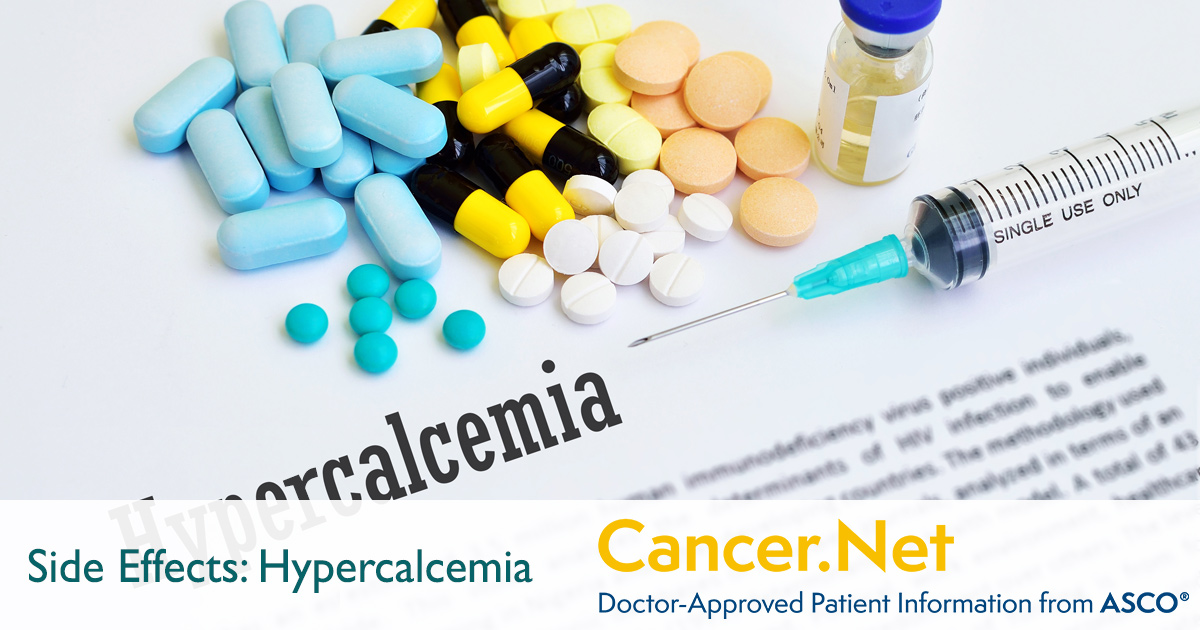
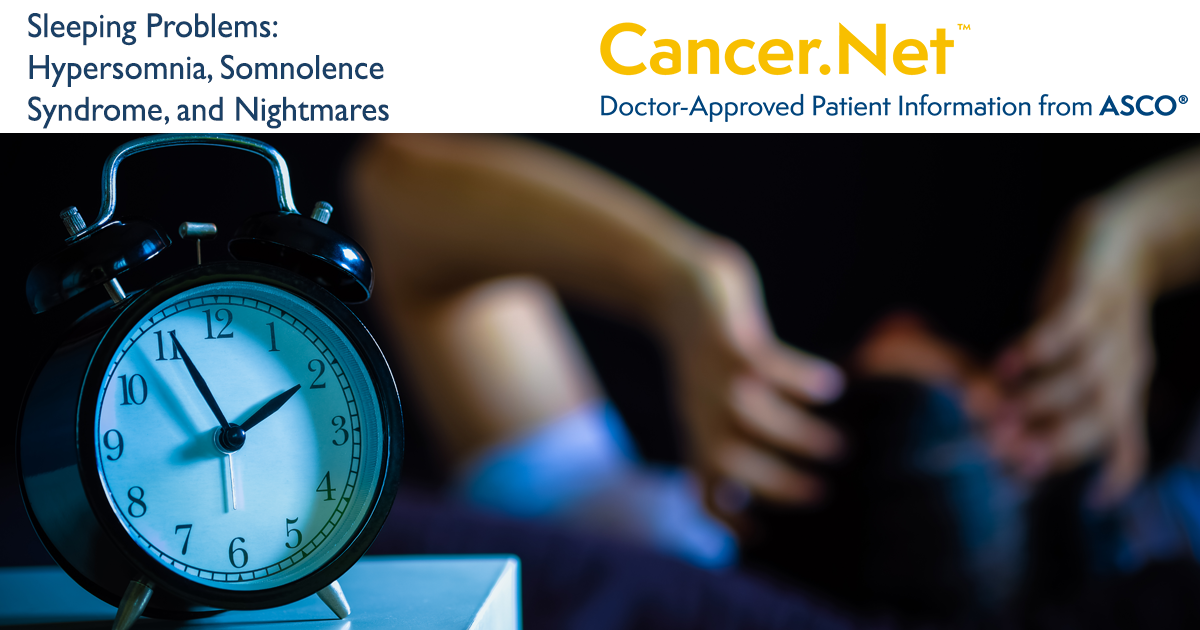











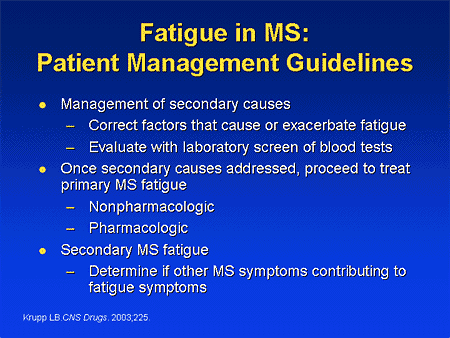



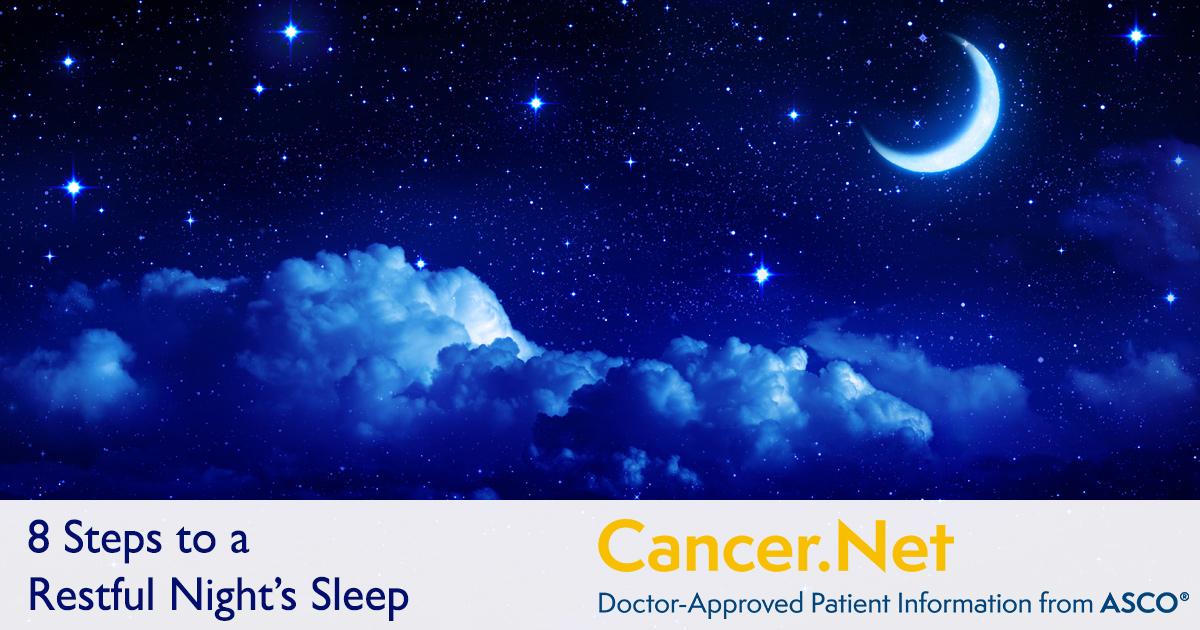



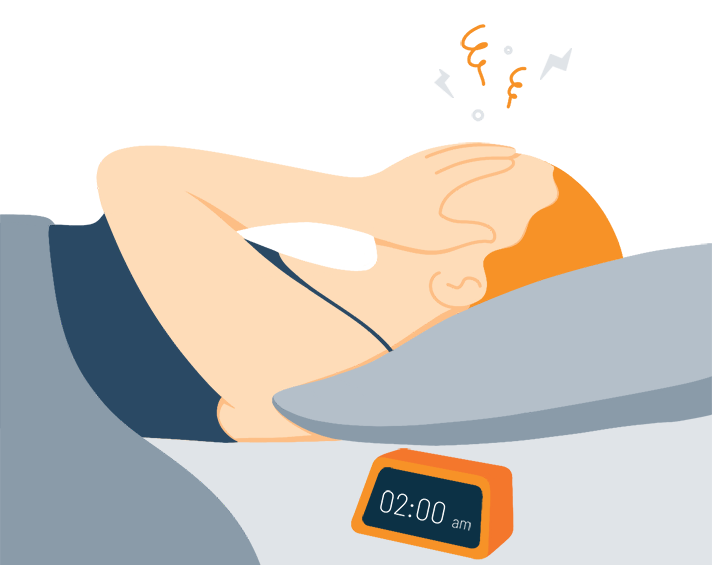

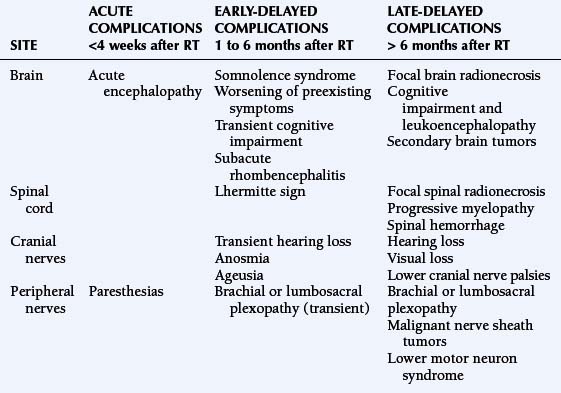







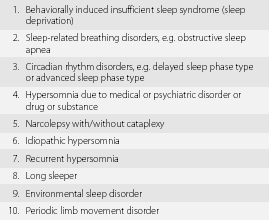
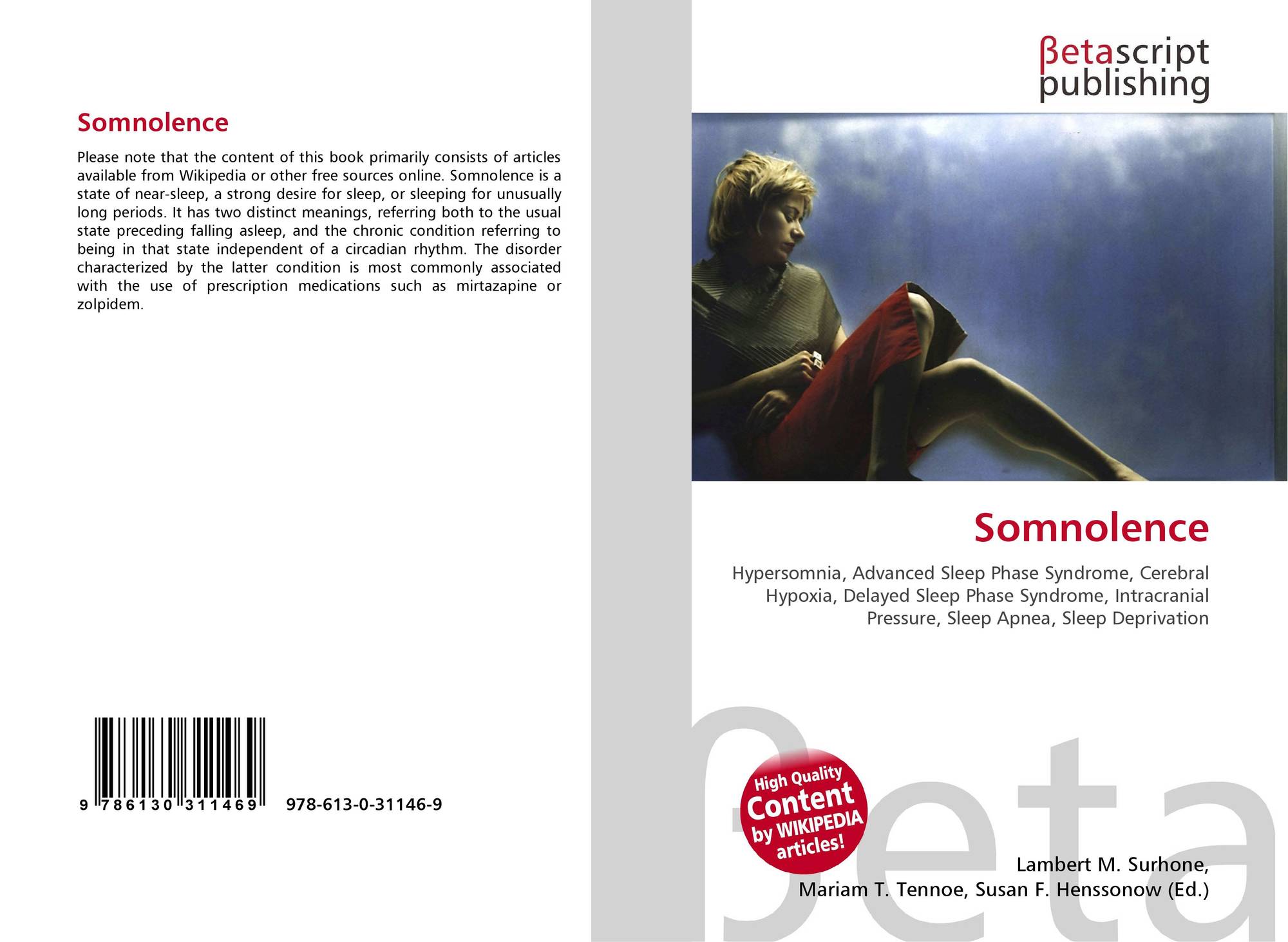


Post a Comment for "What Is Somnolence Syndrome"